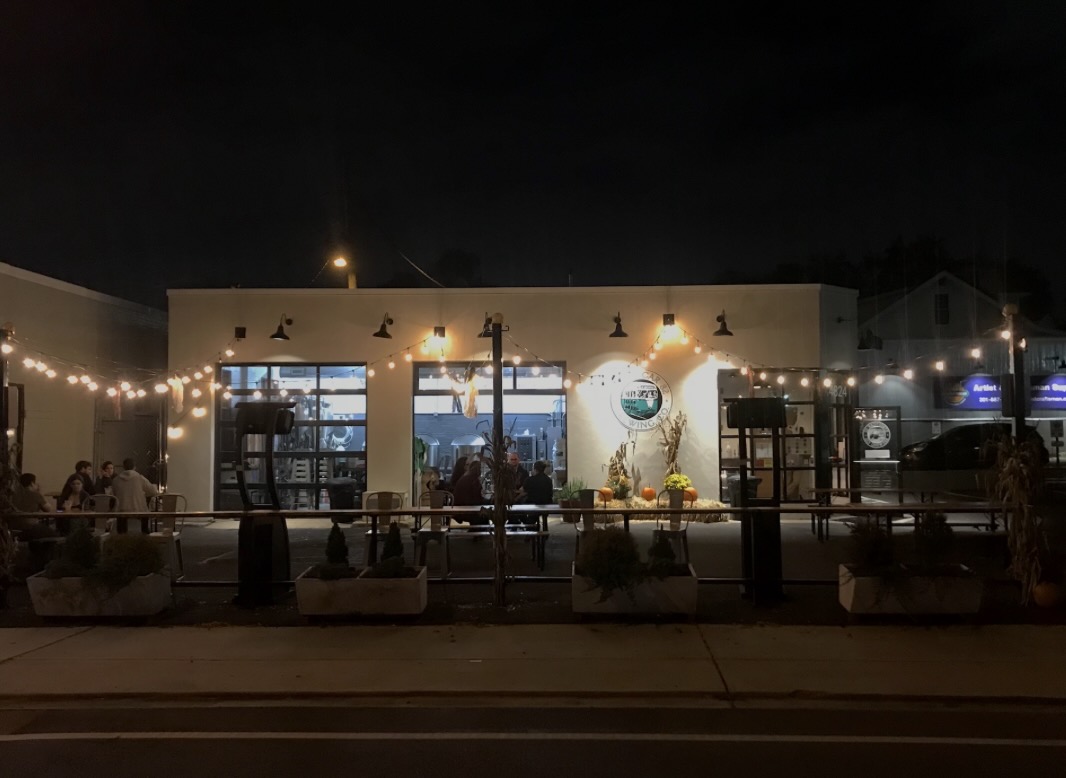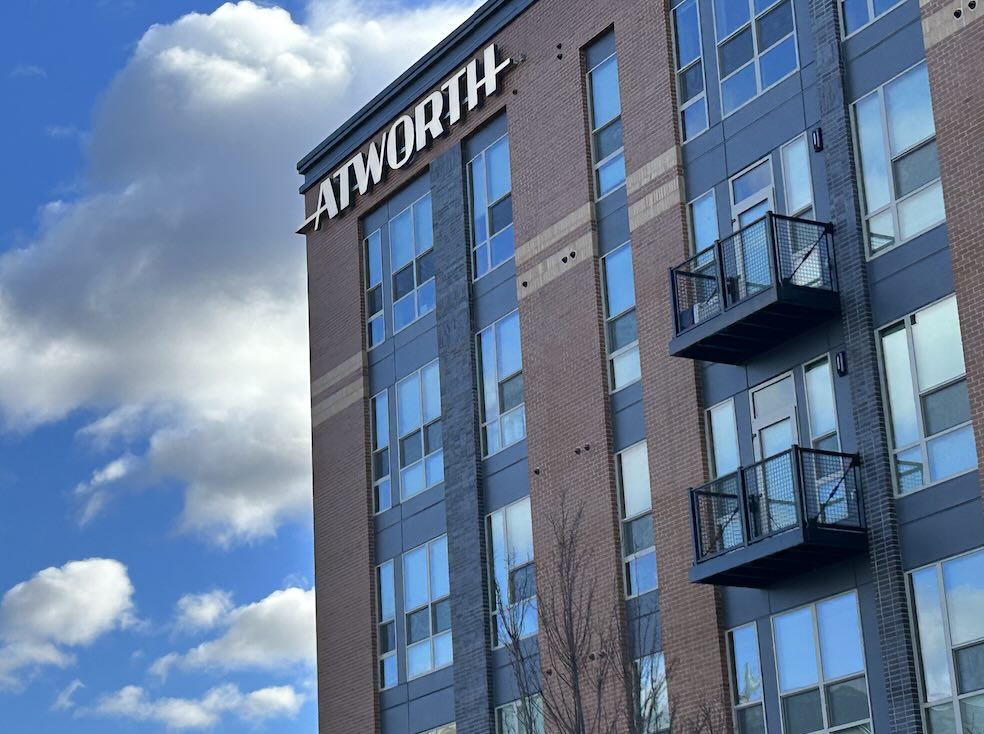
The Hyattsville Wire caught up with Brian Jay Jones, author of “Jim Henson: The Biography,” which hit shelves last month on Henson’s birthday, Sept. 24.
As many of you know, Henson grew up in University Park and attended Northwestern High School in Hyattsville.
This is the first major biography of Henson and is now available on Amazon and other online booksellers.
We asked Jones a little about Hyattsville’s role in Henson’s life and ultimately the influence it had in helping create America’s most beloved puppets.
What role did Hyattsville play in making Jim Henson who he was?
It was in Hyattsville that Jim discovered television, the gadget that would change his life. Hyattsville was a good place to be in the early days of television, because even in 1950 — when there were fewer than forty TV stations broadcasting in only twenty-three cities across the country — the Baltimore/D.C. area already had four television stations to watch. That wouldn’t have happened in a lot of other places.
That gave Jim a somewhat unique opportunity to watch all kinds of TV shows, in all kinds of formats, from the experimental to the mundane. Jim fell in love with TV immediately, and knew it was where he wanted to work. Contrary to the legend, Jim didn’t want to be a puppeteer as a child — he even admitted he never really played with puppets or went to puppet shows. But when a local TV station — WTOP in D.C., which was putting together a program called the “Junior Morning Show” — advertised for young puppeteers, Jim saw that as his opening to get into television.
It was in Hyattsville, then, that Jim built the first Muppets, in his home over on Beechwood Road, and taught himself to perform. He took those puppets down to WTOP, auditioned, and got the job.
I should probably add that, technically, the Hensons lived in University Park — that was their tax district — but when asked to name his hometown on his passport or other legal documents, Jim would always write “Hyattsville.” It was a cozy, safe place for him to grow up. There was lots to do, and it was close to the District, so it was easy to get into D.C. each evening to perform on “Sam and Friends” in the late 50s and early 60s.
Are there any little interesting details about Jim Henson’s time in Hyattsville that are mentioned in the book that you could share with us?
Jim actually made quite a name for himself as an artist at Northwestern High School, with cartoons published in student publications and posters promoting school drama productions. In fact, if you look at his posters for Northwestern’s school plays, in fact, you’ll already see a bit of a Muppet sensibility in his sense of design. Jim could capture a mood even using stick figures — and he knew almost intuitively that the placement of the eyes played an enormous role in creating a character.
But what’s really interesting to me is that when Jim decided he needed to learn all he could about puppetry — so he could build his own puppets and audition for the “Junior Morning Show” — he was able to find two really important books on puppetry in the library: Marjorie Batchelder’s 1947 “The Puppet Theater Handbook” and the 1950 autobiography of the Russian puppeteer Sergei Obraztov, called “My Profession.” Those books were pivotal — and somewhere out there, there’s a really smart librarian who chose to put those interesting but somewhat idiosyncratic books in the local library. Well done.
What interested you about writing a biography on Jim Henson?
Jim and the Muppets have been part of my life — and probably yours — for as long as I can remember. I was two when “Sesame Street” premiered in 1969, and nine when “The Muppet Show” debuted in 1976. That practically makes me Muppets Generation 1.0. But more than that, I was always a notorious, nerdy reader of credits on TV shows and movies, so I knew that there were actually people performing these Muppets. I knew who Jim Henson was — just as I knew the names Frank Oz and Richard Hunt and others — so I was not only Muppet fan, but a Jim Henson fan.
After I finished my biography of Washington Irving in 2007, I was thinking about who might occupy a similar space in today’s culture. Irving was this enigmatic American icon who created characters that have become part of our American DNA — we know his characters, but we don’t really know him. Jim Henson is actually sort of the same way. We know and love the characters he created, and we even know his public personality, but we don’t really know anything about him. I wanted to know more, and I was surprised to find there had never been a comprehensive biography written in the 23 years since his death.
Writing his biography, then, was truly a dream project. As I often say, “Why would I want to write about Jim Henson? Heck, why wouldn’t I?”
What’s your favorite memory of the Muppets?
Wow, it’s so hard to choose. I often joke that the list of my Top Five Favorite Books has more than 100 books on it, just because it’s so hard to pick one, or even five. But okay — there a few Muppet moments that always rise to the top of my list (and I know the moment I commit to this, I’m gonna come up with five more where I say, “No wait, THESE are actually my favorites…”)
First, I’m a huge Ernie and Bert fan — pretty much anything of theirs still makes me laugh out loud to this day — but if I had to pick a favorite moment, it would probably be Bert sneezing his nose off into a handkerchief — which is funny enough in itself — and then Ernie sticking it back on him in all the wrong places. Coming in a close second is the “10Q” skit, where Ernie and Bert count to 10 by saying 1Q, 2Q and so on … and when Bert says “10Q,” Ernie says “You’re welcome.” My brother Cris and I got Ernie and Bert puppets for Christmas in 1973, and we worked like heck when we were six and three to figure out how to make that routine work out so I would get the punchline with my Ernie puppet.
Second, I love Kermit doing the Muppet News Flash segments on “Sesame Street,” where he would go out and interview famous figures from fairytales. My absolute favorite is the one where Kermit gets thrust into the middle of the story of the Three Little Pigs, with an assist from The Count, who keeps wanting to count them.
Finally, the closing moments of “The Muppet Movie” — where Kermit starts off singing, “Life’s like a movie, write your own ending/Keep believing, keep pretending…” and then the camera pulls back and you get that enormous sea of Muppets all singing the finale to “The Rainbow Connection.” It’s just a gorgeous, happy, genuinely moving moment. The chapter in the book all about making the first Muppet movie is actually titled “Life’s Like A Movie,” as a nod to that sequence.
















Great interview!
I just want to add that there is a local legend that Henson lived for a time in the City of Hyattsville itself — with relatives, maybe when he was at college. Not sure it’s possible to verify that at this point in time, but once someone provided me with the street address where he allegedly stayed.
What is it with your obsession with this myth that Jim Henson was from Hyattsville?! He lived in the TOWN OF UNIVERSITY PARK – it doesn’t matter that he wrote down “Hyattsville” on his passport (they share the same 20782 zip); he could have put that his home town was Timbuktu, but that doesn’t mean it was. UP is a town, not a “tax district.” Honestly… stop trying to make “fetch” happen!